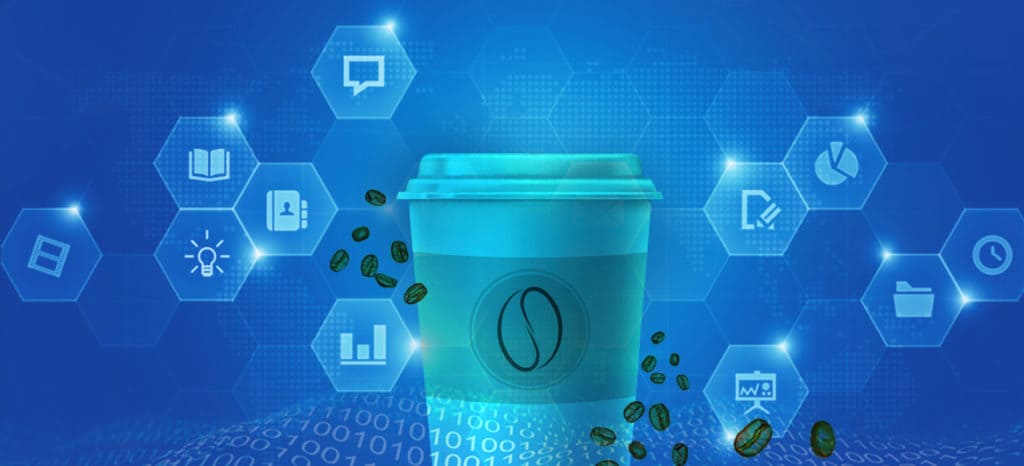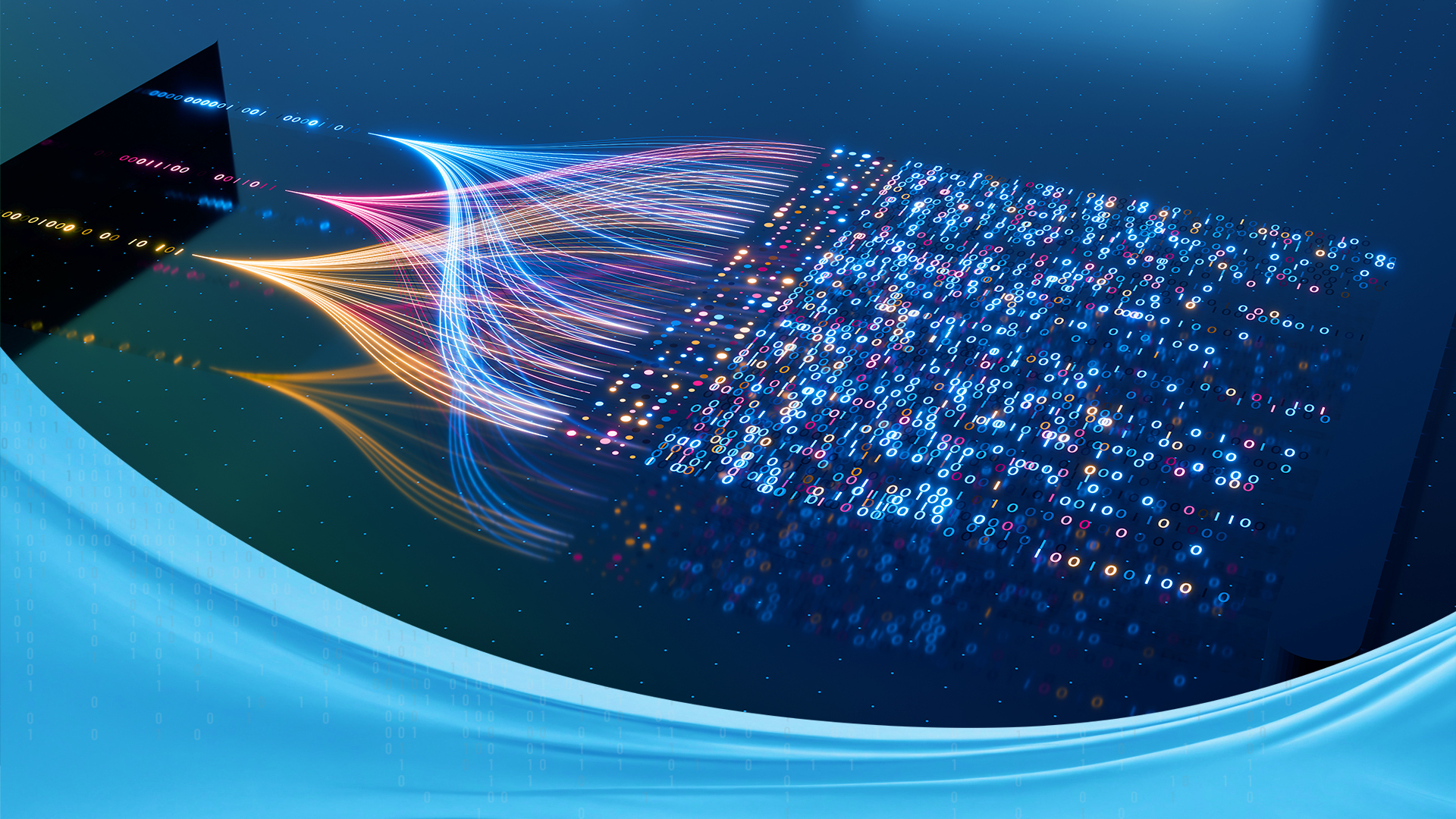Written by: Angelo Beacon
Client Executive
OZ
We have seen a shift in today’s society where prices and products are no longer enough to win and retain customers. According to a Walker study, “By 2020, customer experience will overtake price and product as the key brand differentiator.” Businesses are winning when they adapt accordingly, meanwhile, the losers are being left behind with nothing. We are now in the ‘Experience Economy’, where consumers value experiences over price and brands.
Background:
It is said that there have been four true economic shifts throughout the history of mankind. First being the Agrarian economy, where agriculture ruled, and trade of commodities was the means of commerce. Next came the industrial economy, where goods were created through advancements in engineering and manufacturing (Ice, beer, etc.). Then came the services economy, where goods now became commodities, and most buying decisions came down to price. Since the inception of the internet – which, by the way, is the greatest force of commoditization ever invented – countless goods and services have decreased in economic value. Now we have entered the fourth phase of economic shift, the ‘Experience Economy’, where sellers can actually lift perceived economic value by creating memorable experiences with their product/service.
One prime example that many can relate to is coffee. Let’s view the transition from an Agrarian Economy to the now ‘Experience Economy’ by understanding the fundamental changes in the buying process of Coffee.
Agrarian Economy:
Coffee at its core is just beans (Coffee Beans) and beans today are seen as a commodity. You can actually look up the future price of coffee beans in the WSJ every morning. If you did exactly that and then converted it from a per bushel to a per cup basis, you know how much a cup of coffee would be? About $0.02 / $0.03 cents per cup. That is how much the beans in a cup of coffee is actually worth.
Goods Economy:
Now if you take those beans – roast them, grind them and package them – then throw that package on a grocery store shelf, you have now created a good. Thus creating, in the consumer’s mind, a more valuable product. When bought from the store and turned into a cup of coffee by the consumers themselves, they are now getting around $0.10/$0.15 cents per cup.
Service Economy:
If a company actually brew the beans into coffee – say at a 7/11, corner store, or kiosk – consumers are now willing to pay $0.75 / $1.50 / $2.00 for a cup. This represents the service economy and how the completion of every step in the process of making coffee can influence consumers to pay a higher price due to a convenient and frictionless buying/consuming process.
Let’s take this a step further and surround the brewing of that coffee with the ambiance and experience of a Starbucks… now consumers are willing to dish out $3/$4/$5 per cup. Remember this is still only $0.02 – $0.03 cents worth of beans, so it raises the question…
Why do people pay that much for coffee?
Starbucks realized it’s not the product that could be innovated but rather the experience. The usual service economy process of buying a coffee, getting a ticket or receipt #, and leaving promptly after receiving your cup of Joe was over (Time Well Saved). Starbucks realized this and pioneered the new age buying experience of coffee. Whether it’s taking customers’ names down when they order, to the inclusion of free Wifi with comfortable seating/tables, and even automated online ordering with digital loyalty programs on the Starbucks app. Making things just quick and convenient wasn’t the memo. Starbucks wants to keep the consumers in touch with the brand for as long as possible, creating memories that will continuously retain customers 5 out of 7 days of the week (Time Well Spent).
This is the ‘Experience Economy’ we now live in. It is critical to understand the different possible experiences your product or service can make. Better experiences will directly correlate with the economic value perceived in the consumer’s mind.



